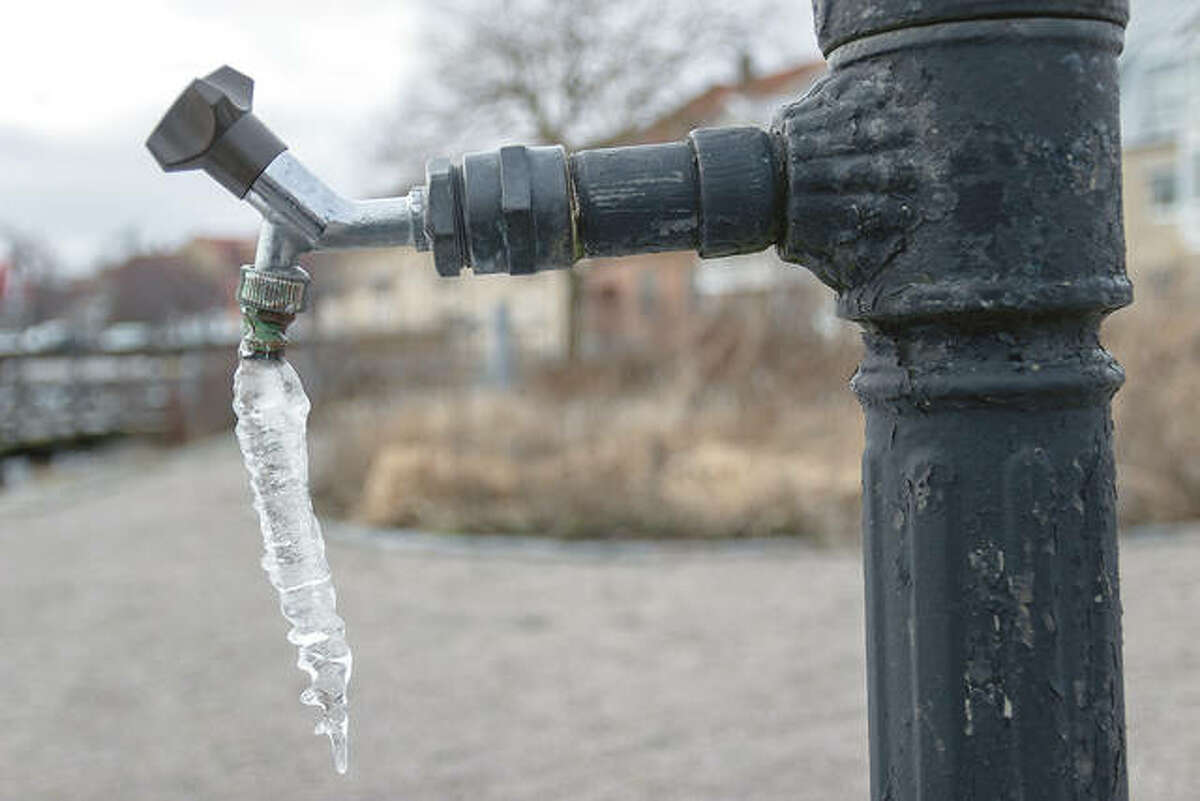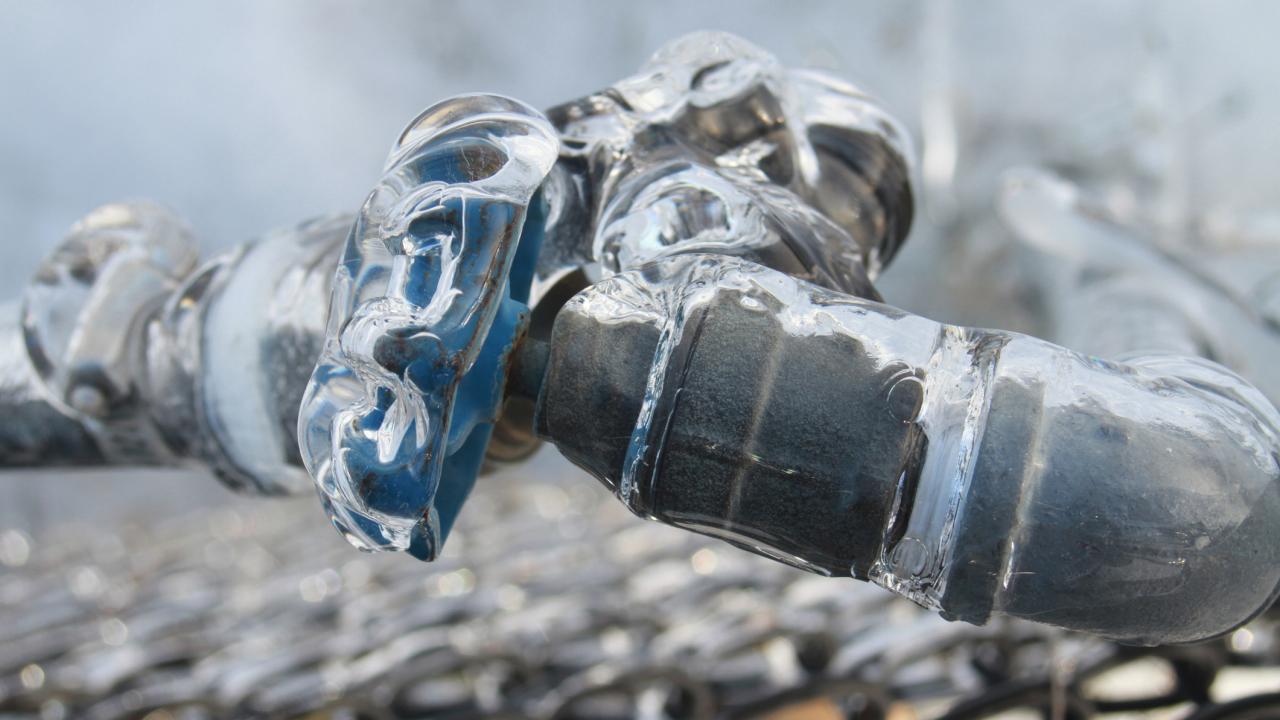Tips to Safeguard Your Pipes from Cold Weather: Professional Advice
Tips to Safeguard Your Pipes from Cold Weather: Professional Advice
Blog Article
Almost everyone has got their personal piece of advice with regards to Prevent Frozen Pipes .

Winter can wreak havoc on your plumbing, especially by freezing pipes. Below's how to prevent it from occurring and what to do if it does.
Intro
As temperature levels decrease, the risk of icy pipes boosts, possibly leading to pricey repair work and water damage. Comprehending exactly how to avoid frozen pipelines is crucial for property owners in cold climates.
Prevention Tips
Shielding susceptible pipelines
Cover pipelines in insulation sleeves or make use of warmth tape to protect them from freezing temperatures. Concentrate on pipelines in unheated or exterior locations of the home.
Heating techniques
Maintain indoor areas sufficiently warmed, particularly locations with plumbing. Open up closet doors to allow cozy air to flow around pipelines under sinks.
Exactly how to determine icy pipes
Search for lowered water flow from taps, unusual odors or sounds from pipelines, and noticeable frost on exposed pipes.
Long-Term Solutions
Architectural changes
Consider rerouting pipes away from exterior walls or unheated areas. Add extra insulation to attics, basements, and crawl spaces.
Updating insulation
Buy top quality insulation for pipes, attics, and wall surfaces. Correct insulation assists preserve constant temperatures and reduces the threat of frozen pipes.
Protecting Outdoor Pipes
Garden tubes and exterior taps
Disconnect and drain pipes garden pipes before winter months. Mount frost-proof faucets or cover exterior faucets with insulated caps.
Comprehending Frozen Pipes
What creates pipes to freeze?
Pipes freeze when revealed to temperature levels below 32 ° F (0 ° C) for prolonged periods. As water inside the pipelines freezes, it increases, taxing the pipeline walls and possibly triggering them to rupture.
Threats and problems
Icy pipes can cause water system interruptions, residential or commercial property damage, and costly repair services. Ruptured pipelines can flood homes and create substantial architectural damages.
Indicators of Frozen Water Lines
Determining icy pipes early can avoid them from rupturing.
What to Do If Your Pipes Freeze
Immediate actions to take
If you think icy pipelines, maintain taps open to soothe pressure as the ice melts. Utilize a hairdryer or towels taken in warm water to thaw pipes gradually.
Final thought
Protecting against icy pipes needs proactive steps and quick feedbacks. By recognizing the reasons, signs, and safety nets, homeowners can safeguard their pipes throughout winter.
5 Ways to Prevent Frozen Pipes
Drain Outdoor Faucets and Disconnect Hoses
First, close the shut-off valve that controls the flow of water in the pipe to your outdoor faucet. Then, head outside to disconnect and drain your hose and open the outdoor faucet to allow the water to completely drain out of the line. Turn off the faucet when done. Finally, head back to the shut-off valve and drain the remaining water inside the pipe into a bucket or container. Additionally, if you have a home irrigation system, you should consider hiring an expert to clear the system of water each year.
Insulate Pipes
One of the best and most cost-effective methods for preventing frozen water pipes is to wrap your pipes with insulation. This is especially important for areas in your home that aren’t exposed to heat, such as an attic. We suggest using foam sleeves, which can typically be found at your local hardware store.
Keep Heat Running at 65
Your pipes are located inside your walls, and the temperature there is much colder than the rest of the house. To prevent your pipes from freezing, The Insurance Information Institute suggests that you keep your home heated to at least 65 degrees, even when traveling. You may want to invest in smart devices that can keep an eye on the temperature in your home while you’re away.
Leave Water Dripping
Moving water — even a small trickle — can prevent ice from forming inside your pipes. When freezing temps are imminent, start a drip of water from all faucets that serve exposed pipes. Leaving a few faucets running will also help relieve pressure inside the pipes and help prevent a rupture if the water inside freezes.
Open Cupboard Doors
Warm your kitchen and bathroom pipes by opening cupboards and vanities. You should also leave your interior doors ajar to help warm air circulate evenly throughout your home.

Do you enjoy reading about How To Avoid Freezing Pipes? Give feedback below. We will be pleased to hear your opinions about this blog posting. We are looking forward that you visit us again later on. Sharing is caring. Helping others is fun. We love reading our article about 6 Ways to Prevent Frozen Pipes.
Book Appointment Report this page